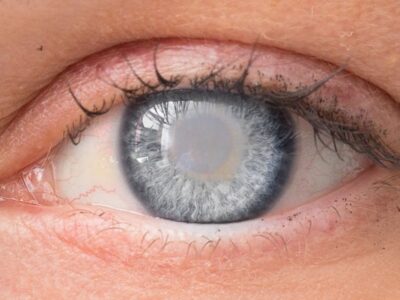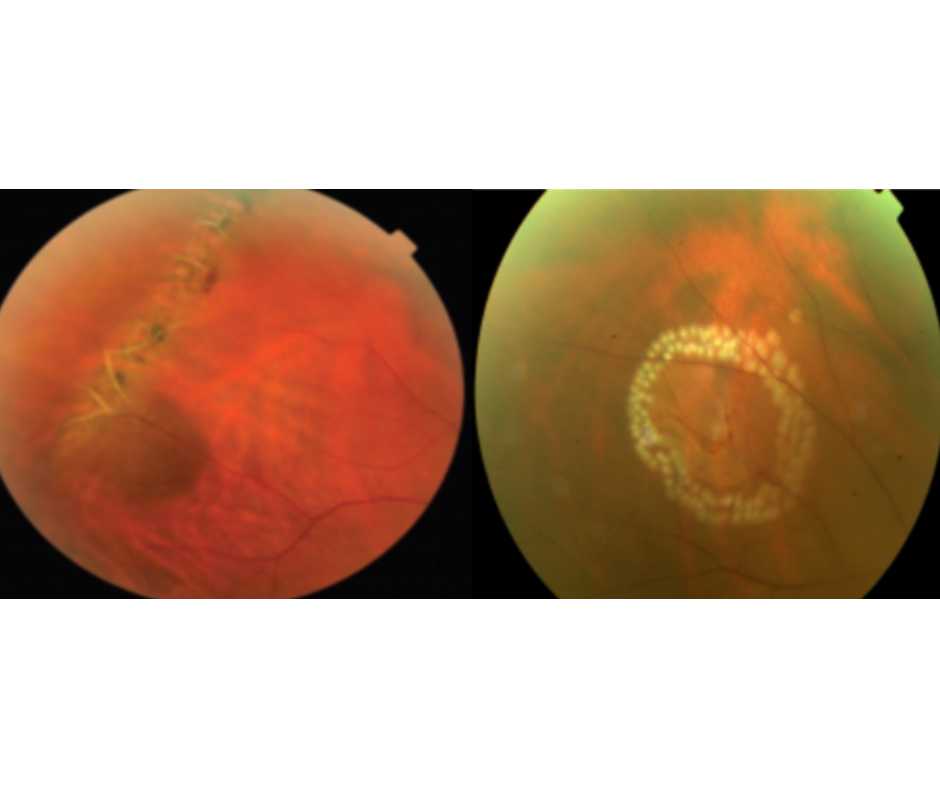INTRODUCTION:
Surgeons commonly perform squint surgery, also known as strabismus surgery, to correct the misalignment of the eyes. While typically performed to improve vision and cosmetic appearance, squint surgery can also be beneficial for patients with a blind eye.

Squint Surgery for a Blind Eye
- Cosmetic Improvement: One of the primary reasons for squint surgery in a blind eye is to enhance the cosmetic appearance. Misaligned eyes can significantly impact a person’s confidence and self-esteem. Correcting the alignment can lead to a more symmetrical appearance, which can improve social interactions and personal comfort.
- Psychological Benefits: The psychological impact of having a visibly misaligned eye can be profound. Squint surgery can help alleviate the emotional distress associated with strabismus, contributing to better mental health and overall well-being.
- Social and Professional Interactions: In both social and professional settings, having aligned eyes can influence how individuals are perceived. People often feel more confident and are perceived more positively when their eyes appear straight.
Procedure:
- Accessing the Eye Muscles: The surgeon makes a small incision in the conjunctiva (the clear membrane covering the white part of the eye) to access the eye muscles.
- Adjusting the Muscles: Depending on the type of strabismus, the surgeon will either strengthen, weaken, or reposition the eye muscles. This can involve shortening or lengthening the muscles or changing their attachment points.
- Closing the Incision: After adjusting the muscles, the surgeon closes the incision with dissolvable stitches.
Recovery and Aftercare:
Post-surgery, patients may experience some discomfort, redness, and swelling, which typically subsides within a few days. It’s crucial to follow the surgeon’s aftercare instructions, which may include using prescribed eye drops, avoiding strenuous activities, and attending follow-up appointments to monitor healing.
Risks and Considerations:
As with any surgery, there are risks associated with squint surgery, including infection, bleeding, and over or under-correction of the eye alignment. However, these risks are relatively low, and the benefits often outweigh the potential complications.
Author Details:
Dr. Sushruth Appajigowda holds a prominent position as a Cornea, Cataract, Glaucoma, and LASIK Surgeon in Bangalore. He serves as the chief Cataract and Refractive surgeon at Vijaya Nethralaya Eye Hospital, Nagarbhavi Bangalore. Renowned as one of the finest LASIK surgeons nationwide, he brings with him over 12+ years of experience across multiple LASIK platforms, including ZEISS, ALCON, SCHWIND, AMO, and Bausch and Lomb. Having successfully conducted over 5000 LASIK procedures, Dr. Sushruth holds the title of a Certified Refractive Surgeon and a Fellow of the All India Collegium Of Ophthalmology. Furthermore, he stands as a distinguished speaker at various National and International Forums, using his expertise to guide you in selecting the most suitable procedure based on your health requirements.

Conclusion:
Squint surgery in a blind eye can provide significant cosmetic and psychological benefits, improving a person’s quality of life. If you or someone you know is considering this procedure, it’s essential to consult with an experienced ophthalmologist to discuss the potential benefits and risks. With proper care and expertise, squint surgery can lead to a more symmetrical appearance and enhanced confidence.











